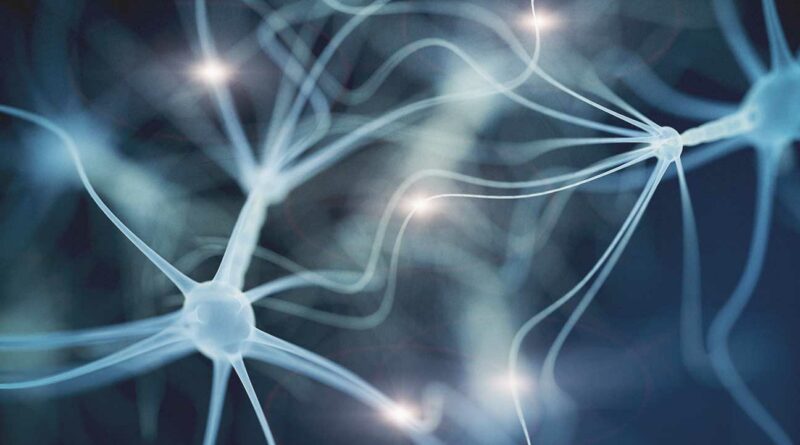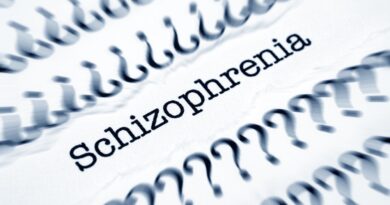Psychological Theories of Personality
The personality of an individual is the unique characteristics that are inherent in a person. These characteristics include a person’s behavior, way of thinking and a person’s interaction with the surrounding environment (Briggs & Peter, 1980). These characteristics are consistent in an individual and thus shape who a given individual is. The characteristics set apart different individuals. There is a common ground or yard stick of determining individuals’ personalities. These yardsticks give room for different individuals to be grouped under one common trait.
MBTI-type inventory is a personality test propounded or developed by Myers Briggs Isabel and her mother Katherine Cook Briggs. The personality test was meant to give the women joining the workforce in various industries a picture of whom they exactly were. This could help these women in choosing the appropriate industries to join based on what the test revealed about them (McCaulley, Briggs, Quenk & Hammer, 1998). The test is based upon Carl Jung’s psychological theories. The test tries its best to bring out the difference between individuals thus the diversification inherent in any working institution.
The MBTI test consists of 72 leading questions that require an individual to personally describe oneself (McCaulley et al., 1998). These questions are so personal that they cannot be answered by a third party. The questions though are contradicting and some are similar and might cause some confusion while answering them. There are some which are totally irrelevant as they ask one about things one does not do at all. The yes or no options are limited answers. In my opinion, there should be an option of ‘maybe’ and not at all. Some questions are also very difficult to answer as many people never think about some issues concerning their lives. For instance, a question like ‘you trust reason rather than feeling’ is somehow farfetched. Individuals rarely take time to notice what they trust or do not trust.
My result in the MBTI test was ENTJ. According to the Briggs Myer test therefore, the author is an extraverted, intuitive, thinking and judging individual. The author is supposed to be focused externally and prefer dealing with things in a more rational and logical manner. ENTJ personality’s types are born with a natural intuition to lead. They like taking charge of all situation and will in most cases be the ones to provide quick solutions or decisions in case of a problem (McCaulley et al., 1998). ENTJ are career driven and thus easily fit in the corporate world. They are usually on high alert to identify opportunities and problems to solve. McCaulley et al. (1998) continues to say that ENTJ people are zero tolerance to repeated mistakes and would naturally not work with individuals who keep on repeating the same mistakes. They are very impersonal and careless about other people’s feelings. This could be a problem as they can miss out on some useful information by not fitting into other people’s shoes. ENTJ personality type only need to be trained to consider other peoples perspectives in order to develop an all round personality.
The big five theory in contrast to the MBTI is composed of five key elements or characteristics which different individuals fall into. These characteristics include conscientiousness, agreeableness, openness, extraversion and neuroticism (Oliver, Richard & Pervin, 2008). Oliver et al. (2008) continues to say that conscientiousness people tend to be self disciplined, are organized and always have a strong personal drive to success. Agreeableness people are compassionate and care about other people’s feelings. Openness are people a natural curiosity and also very adventurous. Extraversion people are energetic and like being in other people’s company while neuroticisms are very emotional people who are quickly pleased or annoyed. These qualities can be self determined by taking the big five personality test.
Looking at the results of the big five inventory test, the author is a highly conscientious person meaning that the author is a very well organized person and can be relied upon. The author have a percentile of 89 out of a possible 100 showing that am also self disciplined and success driven individual. The author, also, has a percentile rate of 84 in terms of openness to experience. It means that the author enjoys having novel experiences and seeing things in new ways. This also means that the author likes identifying new ideas and opportunities and that he makes quick decision in case a problem is presented to me. Scoring a mere percentile of 22 in neuroticism shows that the author is insensitive and like handling my issues based on reason rather than emotion.
The most interesting bit about the two theories, i.e., the MBTI and the big five theory have an almost perfect match based on my personality. Their convergent validity is extremely high. The author would rate it to be at ninety eight percent. Considering that the two theories use a completely different approach to arriving at a person personality, they must be very accurate and effective in determining an individual’s personality. The two theories described precisely just exactly who the author is yet they use entirely different questions to arrive at their results.
The most important thing when using the two theories to determine your personality is to be true to yourself. Many people tend to pick answers that are oriented to characters they think are the best. This only misguides the individuals to think they possess a certain personality while in essence they do not. A key point to note is that there is no good or bad personality. One can shape his or her behavior depending on the environment one is exposed to. Having knowledge of your true self would be very helpful in checking yourself while in a given situation. The negative attributes in which introverts personalities are given are just farfetched and vague. Every personality has its strengths and weaknesses and thus one should not be afraid to know who they really are (Matthews, Deary & Whiteman, 2003). Knowing your own weaknesses is a key strength. The inventories give answers contrary to one’s expectation. The author never thought he was insensitive, but the inventories have proved that the author is supposed to do something about it.
The two inventories expose in vivid way one’s weaknesses and strengths. Though they both give similar results to an individual, there approach is rather different. While MBTI presents leading questions, the big five inventory gives room for more choices regarding ones personality. MBTI gives only the extreme ends while the big five inventory allows room for intermediate responses. The two inventories despite their differences have a high accuracy record and are both very efficient.
References
- Briggs, M.I., & Peter, B. M. (1980). Gifts Differing: Understanding Personality Type. Mountain View, CA: Davies-Black Publishing.
- Matthews, G., Deary, I. J., & Whiteman, M.C. (2003). Personality Traits. Cambridge: Cambridge University Press.
- McCaulley, M. H., Briggs, M.I., Quenk, N. L., & Hammer, A. L. (1998). MBTI Manual (A guide to the development and use of the Myers Briggs type indicator (3rd Ed.). California: Consulting Psychologists Press.
- Oliver, P. J., Richard W. R., & Pervin, A. L. (2008). Handbook of personality: theory and research. New York: Guilford Press.




